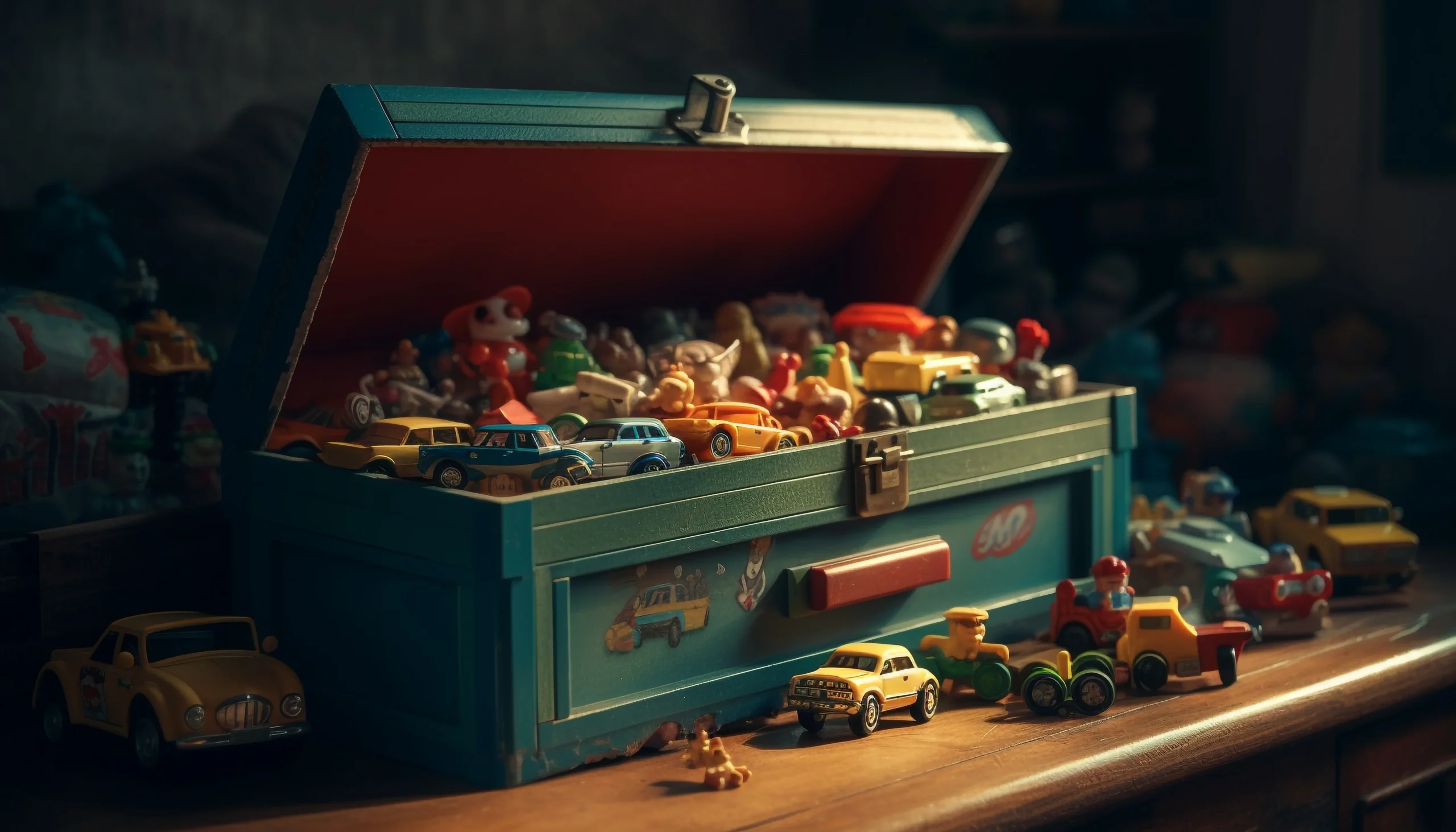In recent years, the global collectibles market has seen explosive growth, driven by nostalgia, fandom, and the desire for self-expression. What was once considered a niche hobby has now entered the mainstream, appealing to everyone from casual fans to serious collectors. Pop culture figurines, in particular, have become emblematic of this movement, showing up not only on collectors’ shelves but also in offices, classrooms, and digital spaces.
The appeal? A mix of childhood memory, visual aesthetics, and a powerful connection to the characters and stories we love.
The Rise of Display Culture
We live in an age where our surroundings have become extensions of our personalities. Whether it’s a workspace adorned with action figures or a bookshelf featuring iconic character busts, displaying what we love has become a form of identity. These small items speak volumes—they show what we admire, where we find inspiration, and even how we view the world.
For fans of movies, games, anime, sports, or comic books, pop culture collectibles provide a way to stay connected to their favorite universes. They also spark conversations, bridge generations, and often evoke emotional reactions that digital interactions simply can’t match.
Beyond Aesthetic: Emotional Connection
At the heart of collectible culture is emotion. A figure of a childhood superhero can remind someone of the dreams they had growing up. A character from a favorite game can represent countless hours of adventure and teamwork. For many, these figures act as personal mementos—markers of milestones, memories, and meaningful connections.
Unlike mass-produced generic toys, pop culture collectibles are designed with careful detail and cultural specificity. They’re created for fans by fans, and that passion shows in the craftsmanship and storytelling.
Collecting as a Creative Hobby
For some, collecting is more than admiration—it’s a creative pursuit. Building themed displays, curating a collection with specific genres or release dates, and participating in trading communities add layers of engagement. The hunt for a rare edition or an exclusive variant can be as exciting as the item itself.
Online forums and social platforms allow collectors to showcase their finds, share tips, and connect with others who share their passion. This sense of community enhances the value of the hobby, turning a solitary activity into a shared experience.
Making Collectibles Accessible
One of the challenges for new collectors is cost. As certain figures become rarer, prices can surge—especially on secondary markets. However, many reputable platforms regularly offer new releases, restocks, and limited drops at reasonable prices. And for those looking to start or grow their collection without overspending, using verified Funko Discount Codes from Valuecom can help secure better deals on both classic and trending figures.
This makes collecting more inclusive, allowing fans of all ages and backgrounds to enjoy the hobby without financial pressure.
Conclusion
Pop culture collectibles are more than just decorative items—they’re storytelling tools, emotional anchors, and symbols of the fandoms that shape our lives. Whether you’re a seasoned collector or just getting started, there’s real joy in finding that one figure that perfectly captures your favorite character or memory.
And as the world continues to embrace individuality and creativity, collectibles offer a unique way to celebrate who we are—and who we’ve always loved.
